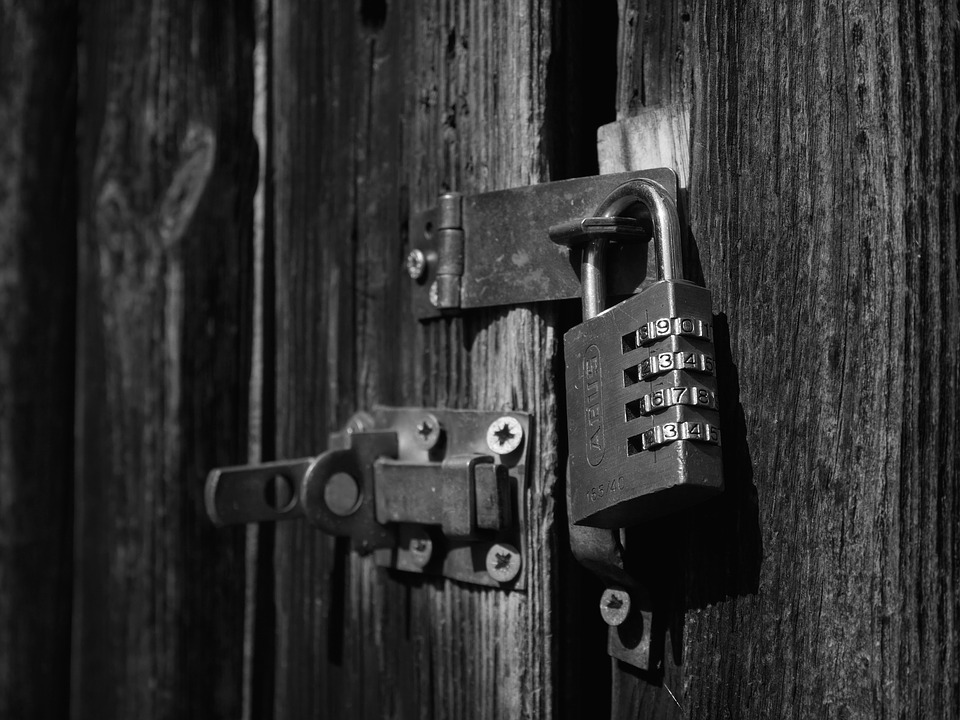Digitization of cultural heritage seems to be a magic wand which has brought revolutionary changes in the cultural heritage realm. One can make a virtual visit to the digital collections hold by numerous cultural heritage institutions, museums, libraries and archives. Users are allowed to use, reuse, edit and imitate the widely available content with an open license but wait? Does it make it “really” useful for the users? Or it’s just a tag which institutions are carrying in the age of digitization. Melissa Terras in her blog post “Reuse of Digitised Content: So you want to reuse digital heritage content in a creative context? Good luck with that” has discussed this topic in a very witty yet intelligent way. Her blog post has nailed this topic in a “sarcastic” but “meaningful” tone. This also has been a topic of deep interest for me as in my previous project when I was conducting research about the usefulness of the digitized objects’ descriptions and their validity, I had to knock down the same hurdles which she has discussed in her blog post. It’s basically a story of every researcher’s frustration which he/she experiences while discovering a huge digitized collection of any museum, archive or institution.
“Digitized Content” or “Marketing Maneuvers”?
We have more than one million images available in our digital archives (but with restrictive control, they may not say it but they (definitely) mean it)– a very lucrative tagline but how to find the one you really want? An unsolved puzzle! However, I found this similar tagline on the front page of various museums, archives and institutes websites that we have xyz number of collections available online. But almost all the digitized content has same issues:
- Low-resolution images- A pixelated life?
- Irrelevant/old Images- You want Andy Warhol’s Campbell’s soup cans? I will give you images of Darwin’s theory of Evolution
- Copyrights- Good luck with the license statements
I feel that the blog post by Melissa is very important in a way that it is highlighting all the possible questions which not only a heritage professional but also an ordinary user can have in his mind. But I also feel that in this blog post, Melissa has missed some really important points.I am not sure whether it was done deliberately or she wanted to pay more attention to the above-mentioned issues.I personally believe that It’s definitely an incredible and bold move made by few institutions to put their collections online with the free license but what about the rest of institutions, museums and galleries? What are they so afraid of? Abundantly available digitized content with a very poor interface and restrictive license issues. What are the possible reasons? Maybe following;
- Keepers do not want users to mash up with the Content- Cultural Sensitivity OR Curatorial Authoritarian?
- A possible fear of Financial Exploitation?
- Cultural Heritage-Too Sacred to be Sacrilegious?
But again what bothers me the most is that why some institutions are reluctant to share digitized content in a meaningful way? Melissa in her blog has intelligently raised some concerns regarding this use, reuse and its possible limitations. Sharing is caring but what about sharing a very low-resolution image? a 750dpi photo or a never-ending quest to find an appropriate image out of thousand images? then it definitely becomes an expedition to fuel your creativity. However, we must not forget the reality check that “Until recently cultural heritage digital initiatives have often been overtly driven by technological possibility, rather than societal need.”
And here comes the most awaited yet most ignored issue-the poor UI (user interface design). One million digitized images with hardly ten filters to find the relevant one. How would I find the one I need? Go through all these collections? Nah, not a good idea! If I really want to have an image of a blue antique kettle but all I get is blue bugs from the mid-19th-century collections, then definitely it requires some really good graphic designer to upgrade the UI. And one more thing! What is the point to count the files with no images in your images collection? when there is no image then how it’s an image?
The thing which bugs me the most is that even in the age of amazing robotic inventions, Skynet is only a step closer (say huge thanks to Elon Musk), but we are still facing the issues like “Curatorial Authoritarian”. What are we so afraid of? By allowing license free access, we will lose the idea of museums as “sacred spaces”? OR we are considering Cultural heritage to divine to be sacrilegious? Here I would really like to link this argument with what Buchanan points out, we increasingly find that there is no universal model of access, dissemination, control and content construction that can support and ‘respect cultural specificity, subjectivity, and values’.
A little Ray of Sunshine:
However, it’s just not as disappointing as I have sketched in the previous paragraphs but we have some (really) helpful institutions too. Isn’t it wonderful to have an unlimited access to the digital collections which eventually help you to create your own little studio? Yes, you can just make your own little studio with Rijksstudio project and curate your own museum with selected collections and one more thing; it’s just not limited to the curation but you can also create your own masterpiece by mashing up the images downloaded from Rijksmuseum site.

The unbeatable odds:
While writing this blog post, I had continuous buzzing in my head about agreeing and disagreeing on several related topics which kept deviating my concertation. I felt that the genuine discussions about Art Sacredness and The Shifts of Power have a huge role in this whole debate. And I also wonder what is the crux of this whole discussion? Melissa mentioned some really genuine concerns and, of course, the possible measures to solve them but the issues like, treating Cultural Heritage as a Sacred Piece of Art and the “Curatorial Authoritarian” are the topics which have no agreeing or disagreeing buttons. It’s an ongoing discussion and I would like to hear your thoughts as well?
Title Image Courtesy: Max Pixel
Inserted Image Courtesy: Antidote London
Works Consulted:
Joel Taylor & Laura Kate Gibson (2017) Digitisation, digital interaction and social media: embedded barriers to democratic heritage, International Journal of Heritage Studies.
Ramesh Srinivasan , Robin Boast , Jonathan Furner & Katherine M. Becvar (2009) Digital Museums and Diverse Cultural Knowledges: Moving Past the Traditional Catalog, The Information Society.
